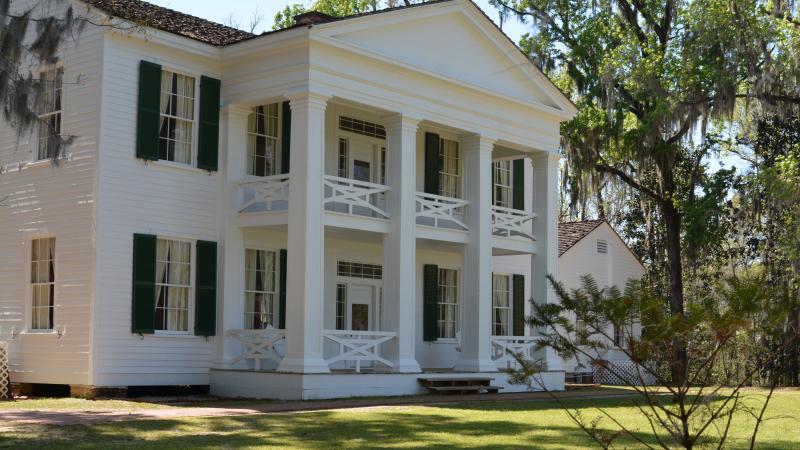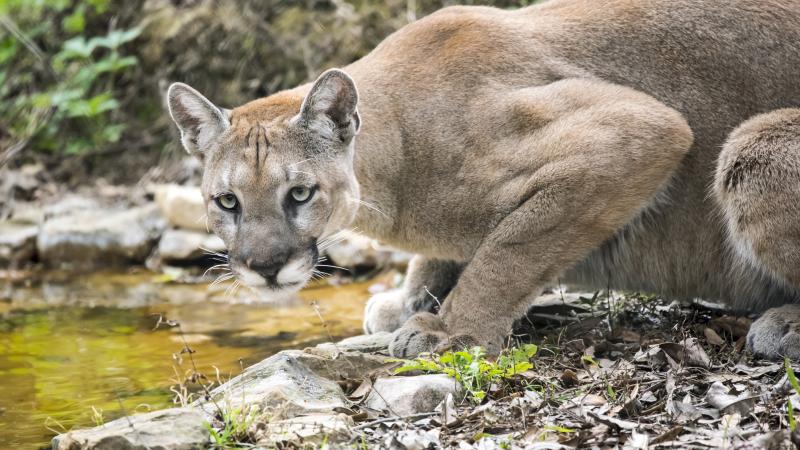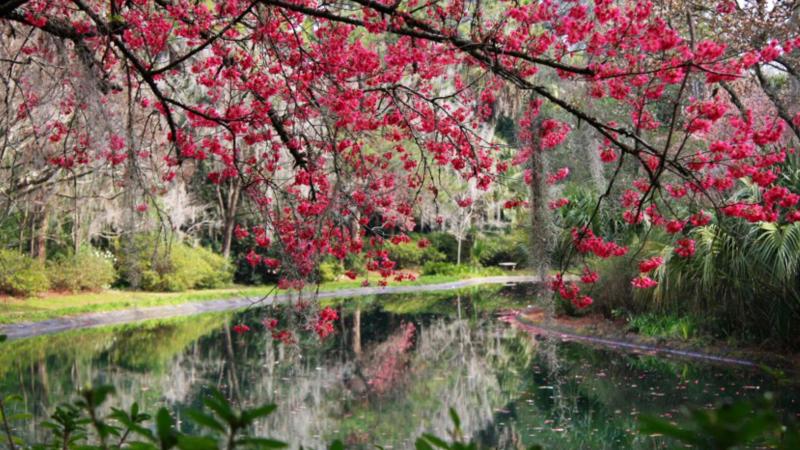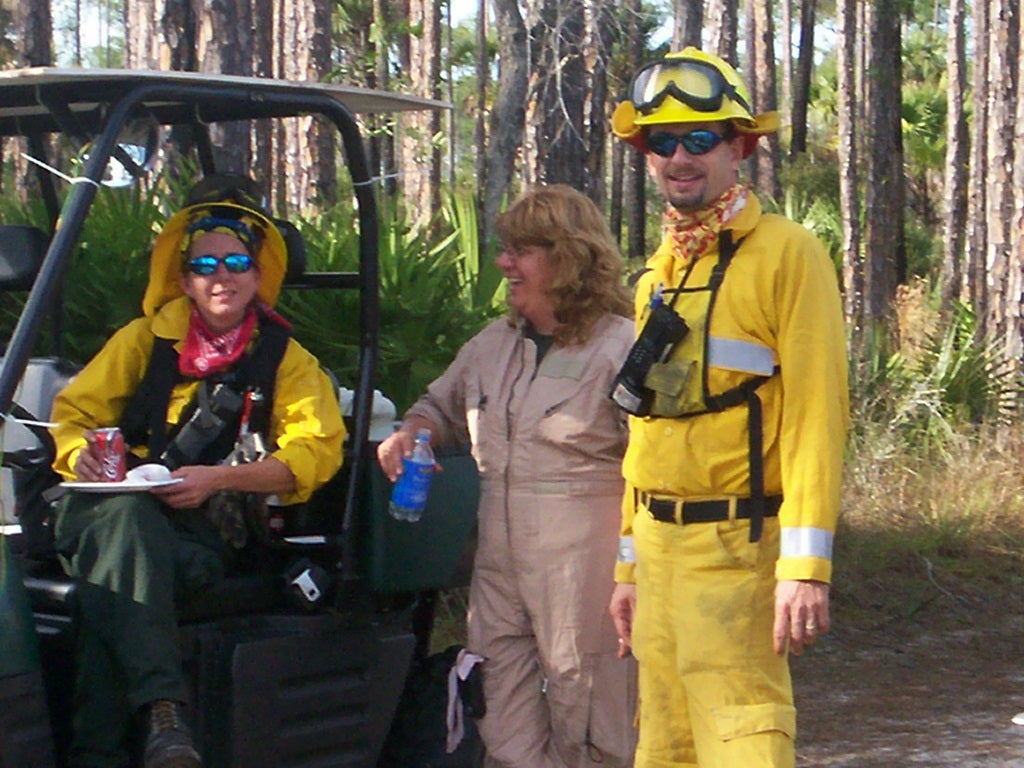
Burn Boss Q&A with Scott Spaulding
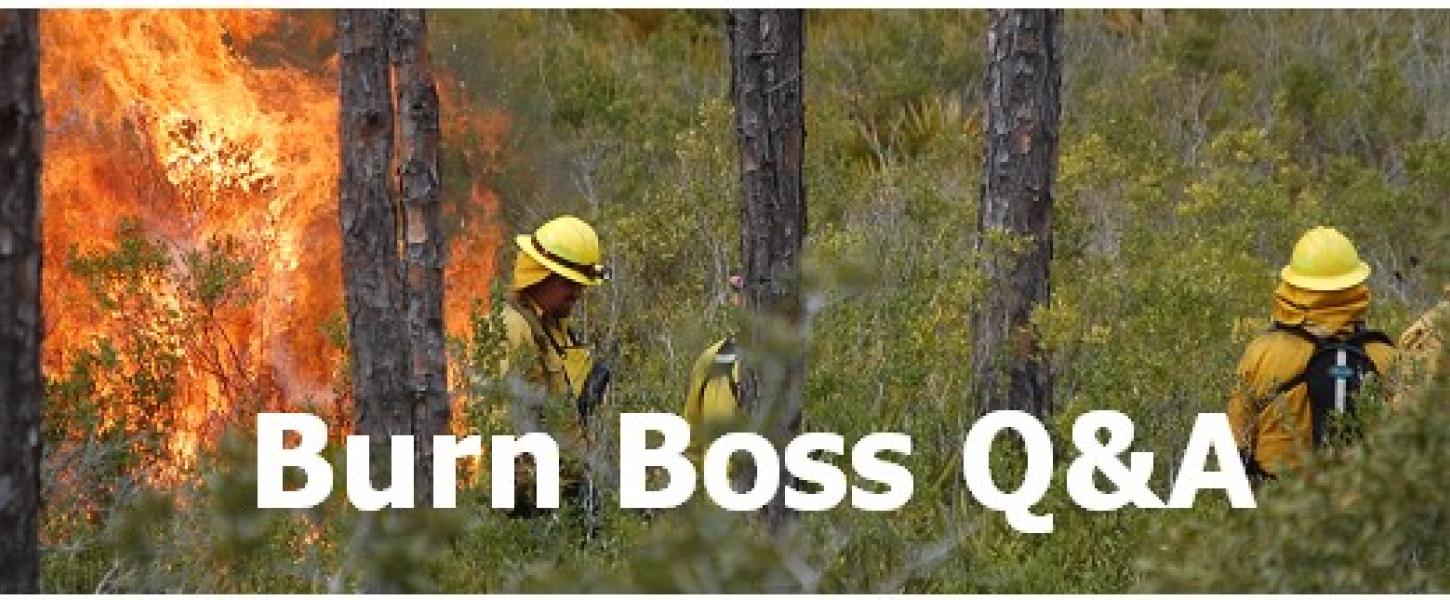
Interview with a Burn Boss: Scott Spaulding
What is the most difficult burn you have done? Tell us why it was difficult, what you did well, what you did that needed improvement and what you ultimately learned.

Difficulty is a relative term when it comes to prescribed fire. It can be difficult to ignite a zone if the conditions are not right, or it can be difficult to contain the fire in the zone if the line prep is not adequate. It can become difficult if the weather changes abruptly, or if you are burning with an unseasoned crew or faulty equipment.
One of my most difficult burns incorporated all those factors at the same time. This burn was not complex. In fact, I would call it simple by nature, but it became difficult due to factors that, for the most part, I should have addressed before fire ever hit the ground.
I share this solely as lessons learned. This fire happened a very long time ago, before the Florida Park Service developed the prescribed fire program in place today. The importance of professional training, preparation, safety, teamwork, reliable equipment and good old common sense cannot be stressed enough. Knowing what I know today, this fire would never have happened.
The zone looked straightforward. It was a mixture of improved pasture on the west and pine flatwoods on the east. It was about 103 acres in all and should have been a textbook burn.
I was new to the park and hadn’t burned with most of the crew yet. We had seven crew, which included four park staff, two fire department employees and me. We had three pieces of equipment: the park’s brush truck, a mobile water tank (water buffalo) borrowed from a neighboring park and pulled by our tractor, and a brush truck that the local fire department crew brought.
With everyone in place, we began our black line on the downwind side, directly adjacent to private property, which was undergoing development. The two crews working in opposite directions were moving right along, everything was pulling together perfectly until … about an hour into the burn, I noticed a sustained 180-degree shift in the wind.
My first thought, which turned out to be correct, was that the sea breeze had come early that day. I immediately called the crew working the backfire line and asked how it was burning. The response was, “It’s backing in fine, really fast.”
My second thought was, “It’s not backing. It’s heading across the zone. We do not have any black to stop it.” I had them cease firing and called the crew approaching the now downwind line and asked them to get fire on the ground as quickly as they could. “We have fire coming across the zone and we need to establish a blackline to stop it.”
About that time, the park’s brush truck, a 1970s power wagon with a slide-in unit, broke down. I soon learned that this brush truck never made it through an entire burn without breaking down.
A little while later, the fire department crew, made up of two very capable but not trained young men, watched in awe as the fire crossed the east control line and began burning up the pine trees on the opposite side. Directly adjacent to that line was the CSX railroad line, which meant, if fire got over the railroad line (which it eventually did), we would not be able to access the fire without driving a considerable distance to the railroad crossing. At that point, I called the crew on the west line and instructed them to begin suppression on the southern flank of the fire and to meet us on the east line to assist us with putting out the fire.
About that time, I drove over to the east line and discovered that the fire had already left the zone and had crossed over and beyond the CSX railroad line. The fire department crew quickly used all their water trying to put the fire out in the top of a pine tree and advised me they had to go refill.
I called the Florida Forest Service for assistance and notified our district office.
I then proceeded over to see how the crew putting out the southern flank was doing. They were using the borrowed water buffalo (portable water tank) and were doing fine until half way across the zone, the hose operator pulled on the hose too hard and snapped off the schedule 80 PVC fitting that was used to plumb the hose to the tank. I then witnessed the remaining water shoot up like a fountain, draining the tank in about 60 seconds flat.
By now we had fire across the CSX railroad line burning in scrub to the east, which was still inside the park boundary, and a couple of spots of fire slowly backing into the private property outside the park boundary to the west. This was due to the line being unattended so that crew could assist with fire suppression on the southern flank. Two pieces of equipment were inoperable due to malfunction and the third was on its way to get more water, except it never returned.
The Florida Forest Service arrived with equipment along with local fire departments. After a few hours, the fire was out.
Keep in Mind
Keep in mind: This occurred more than 20 years ago. The Florida Park Service has devoted a lot of resources since then to develop our prescribed fire standards. These include professional training, preparation, safety, teamwork and reliable equipment. Also keep in mind, the things that went wrong back then can still happen today if we are not careful.
What did we do well?
- We identified the need for assistance and called for help.
- We maintained our composure even though we were no longer in control.
- We learned a great deal and used that knowledge to continue with our fire program.
- Safety First. No one was injured.
What needed improvement? What did we learn?
- Training of staff. Staff should have realized right away that the backfire was becoming a head fire and stopped ignition. As the burn boss, I should have known what level of experience they had. Staff received additional training.
- Equipment. We should not have used the brush truck that always broke down. I never used it again. We should have become more familiar with how the borrowed water buffalo was plumbed and discussed it before the fire. Shortly after this incident we were provided with a more dependable brush truck.
- Line prep. The east line was not wide enough for the approaching head fire. There was also fresh needle drop on the line. We learned to make sure that all the firebreaks and contingency lines were prepped properly and, if not, we wouldn’t ignite until they were.
- Sudden change in the wind. This park is only one mile from the coast. The sea breeze was expected but not that early. After this, we developed a working relationship with the meteorologist at the National Weather Service. On burn days, he would notify us at least 30 minutes before a sustained wind shift.
- Crossing the railroad. I learned that the fastest way to get the attention of CSX is to set their railroad track on fire. I also learned that railroad ties are very expensive.
- Red. I learned that the color of an NOV (Notice of Violation) from the Florida Forest Service is red. I also learned that I never wanted to get another one.
- Experience. There is no substitute for experience. Days like this remind us of fire’s inherent danger and the great responsibility we have as part of the fire community to be leaders and give it the respect it deserves.
Since then, I have been on numerous complex burns, some thousands of acres in size, using aerial ignition, numerous crews and multiple agencies. And although they were complex, they were not that difficult because I reflected on what I learned from one seemingly simple burn done years before. Complex doesn’t always mean difficult and simple doesn’t always mean easy.
What is your opinion about the completeness of a burn? Should we strive to have everything black at the end of the day, or should we vary our techniques or weather conditions so we have un-burned refugia within the zone?
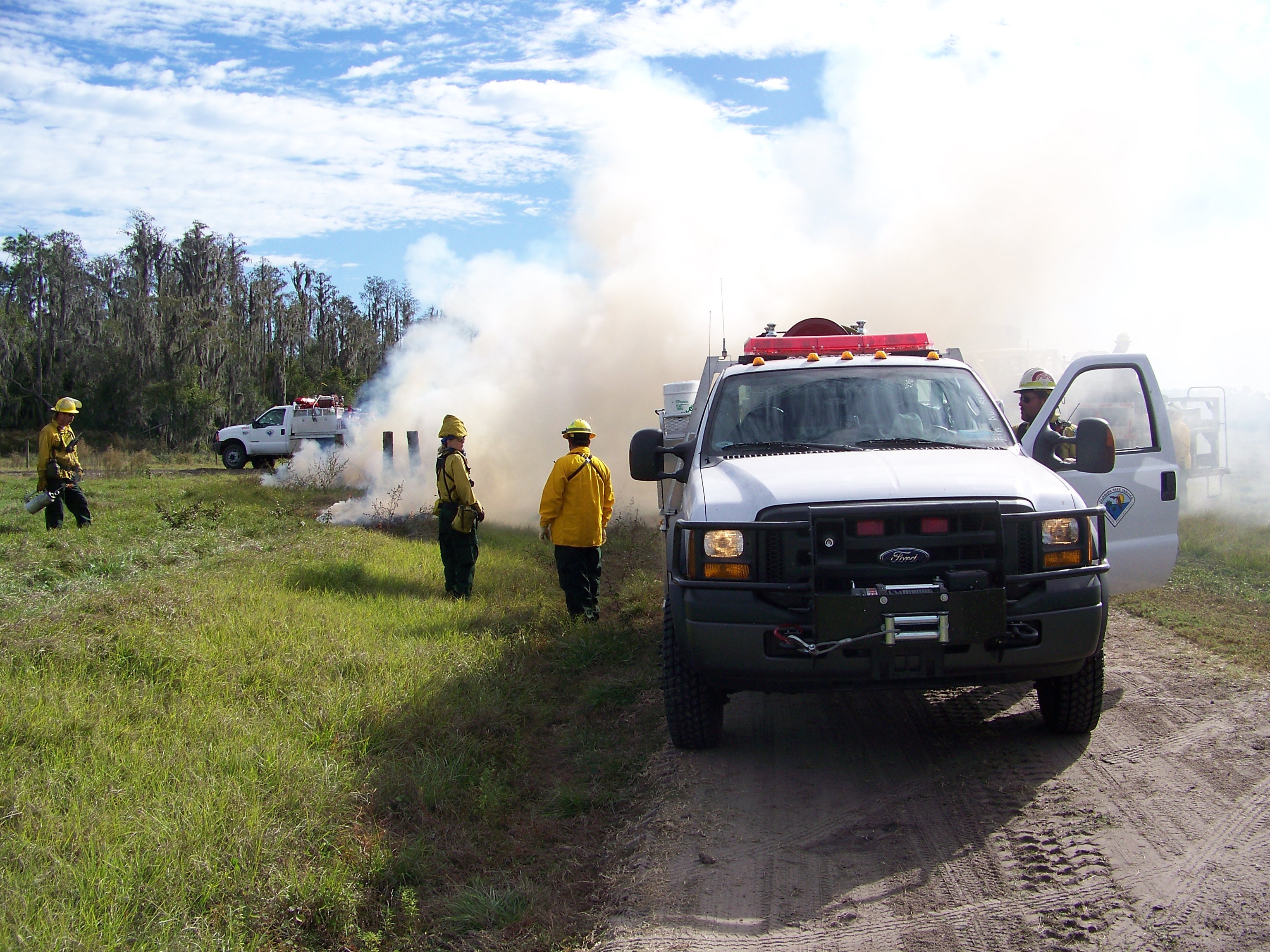
We call it a mosaic when certain portions of the zone, for whatever reason, do not burn. While I am neither for or against this ideology, I do think that it should be addressed in our objectives, if so desired. Sometime a mosaic is needed for the species that live in the zone. Often what didn’t burn this time will burn next time. Natural fires tend to leave a mosaic, so in keeping with the natural process of fire, we shouldn’t be too concerned with it.
On the other hand, there is a term I call a spoil burn. This is when the conditions do not let the fire consume much more than the top layer of the understory. For example, if the fuels are too wet or shaded and all you do is burn the fresh needle drop, then you won’t meet your objective of consuming the understory vegetation. To make matters worse, you just removed the fine fuels needed for it to burn under more desirable conditions in the near future.
I have made the decision to shut down a burn because of this, and we waited until the conditions were right to have a more complete burn. Sometimes, however, a zone has what I call the mattress effect, meaning that the pine needle-drop and duff layer is so thick it is like walking on a mattress. In this case, you would want to burn under wetter conditions and just burn the top inch or so, so as not to kill the surrounding pines or start a duff fire. Before burning a zone, we need to become intimately involved with and totally aware of the conditions of fuel that we are burning and write our prescriptions accordingly.
How do we ensure the Florida Park Service continues to have trained, competent fire staff?
We need to continue the great work that we have done in the past of recruiting, training and mentoring fire-minded folks. Parks that have an active burn program should reach out to parks that don’t have fire-type acreage, or that don’t burn often, and see if they have staff willing to burn at their parks. We need to be open to sending staff across agency lines on their burns. The more experience we get, the better we become.
About the Author
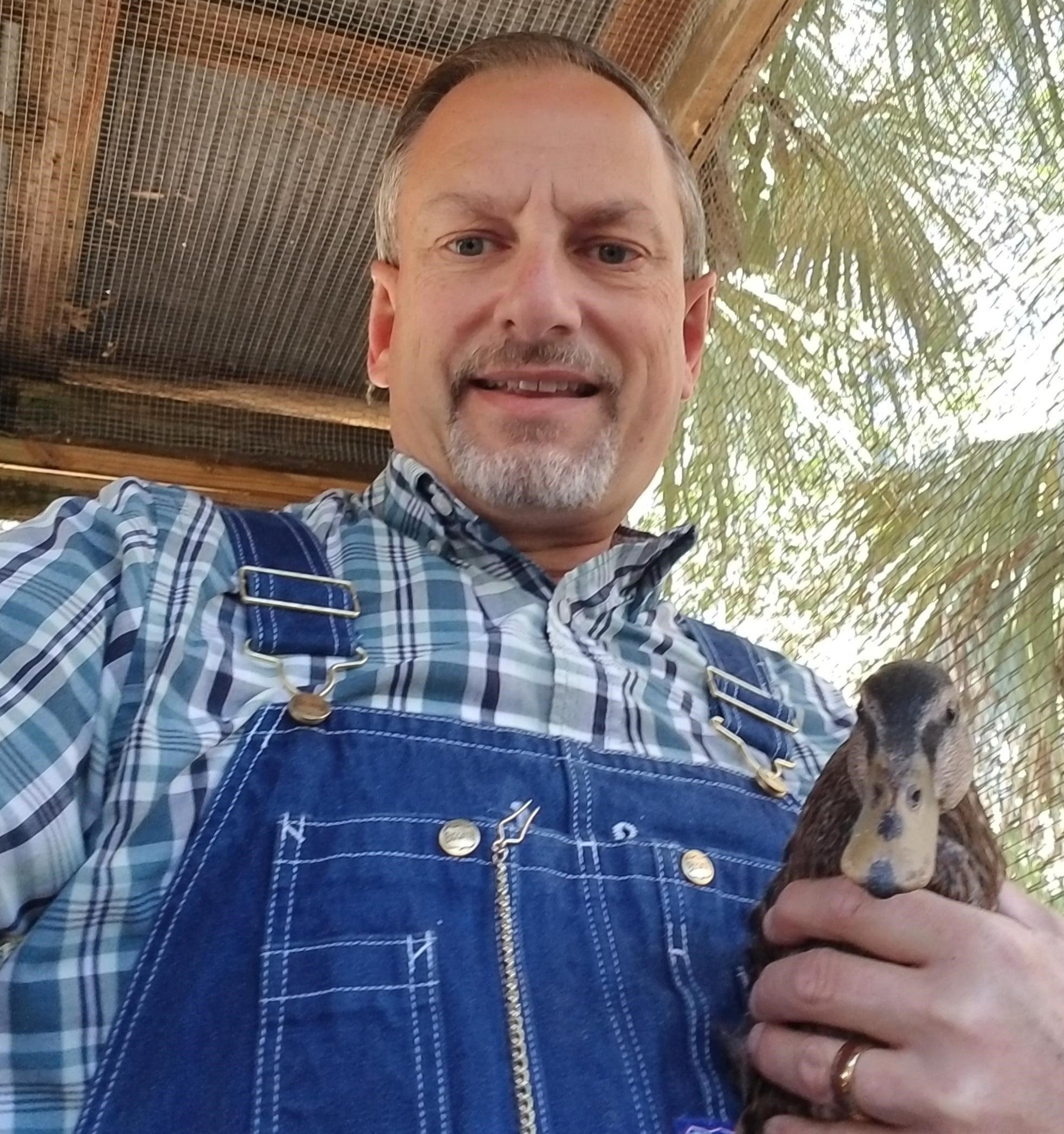
Scott Spaulding began his career in 1986 as a park ranger at De Leon Springs State Park. After two years he transferred to Blue Spring State Park, then to Mike Roess Gold Head Branch State Park and finally to Wekiwa Springs State Park, where he was first introduced to the realm of prescribed fire. He worked for five years as a park ranger and two years as the assistant park manager before promotion to park manager at Oscar Scherer State Park in 1997.
At Oscar Scherer, Scott and staff utilized prescribed fire to restore and maintain the park’s 400 acres of scrubby flatwoods, home to the threatened Florida scrub-jay, and began applying fire to a backlog of pine flatwoods.
After six years he transferred to the park manager position at Tosohatchee State Reserve (now managed by the Florida Fish and Wildlife Conservation Commission), where aerial ignition was the preferred method of applying fire to the 22,000-acre preserve.
After two-and-a-half years at Tosohatchee, Scott was given the opportunity to become the first park manager at Colt Creek State Park, which opened to the public on Jan. 20, 2007. Scott assisted district biologists with developing the first burn plan and wrote some of the first prescriptions to apply fire to the newly acquired 5,067-acre park.
In April 2012, Scott was promoted to park manager at Lake Louisa State Park, where staff worked each year with the Prescribed Fire Training Center to conduct burns utilizing PFTC students.
In 2017, Scott had the honor of receiving the prestigious Jim Stevenson Resource Manager of the Year Award for his efforts in the field of resource management.
In June 2018, Scott became the park manager at Marjorie Kinnan Rawlings Historic State Park in Cross Creek, the childhood hometown of his wife, Gina. Scott plans to retire there in summer 2021.
During his career Scott has participated in 122 prescribed burns, 72 of which he served as burn boss, applying fire to over 20,000 acres of park land.
Scott is a graduate of Lake City Community College, where he received an Associate of Science degree in park technology in 1986.
About the Burn Boss Q&A Series
Florida’s state parks add tremendous value to Florida’s natural environment. The division’s burn bosses lead the efforts to implement fire plans in ecosystems that require fire for maximum health. This project highlights the diverse, balanced and quality professional workforce of burn bosses by having them share lessons learned with other staff members. Select staff were presented with 20 questions. They are asked to answer three to five of them.
